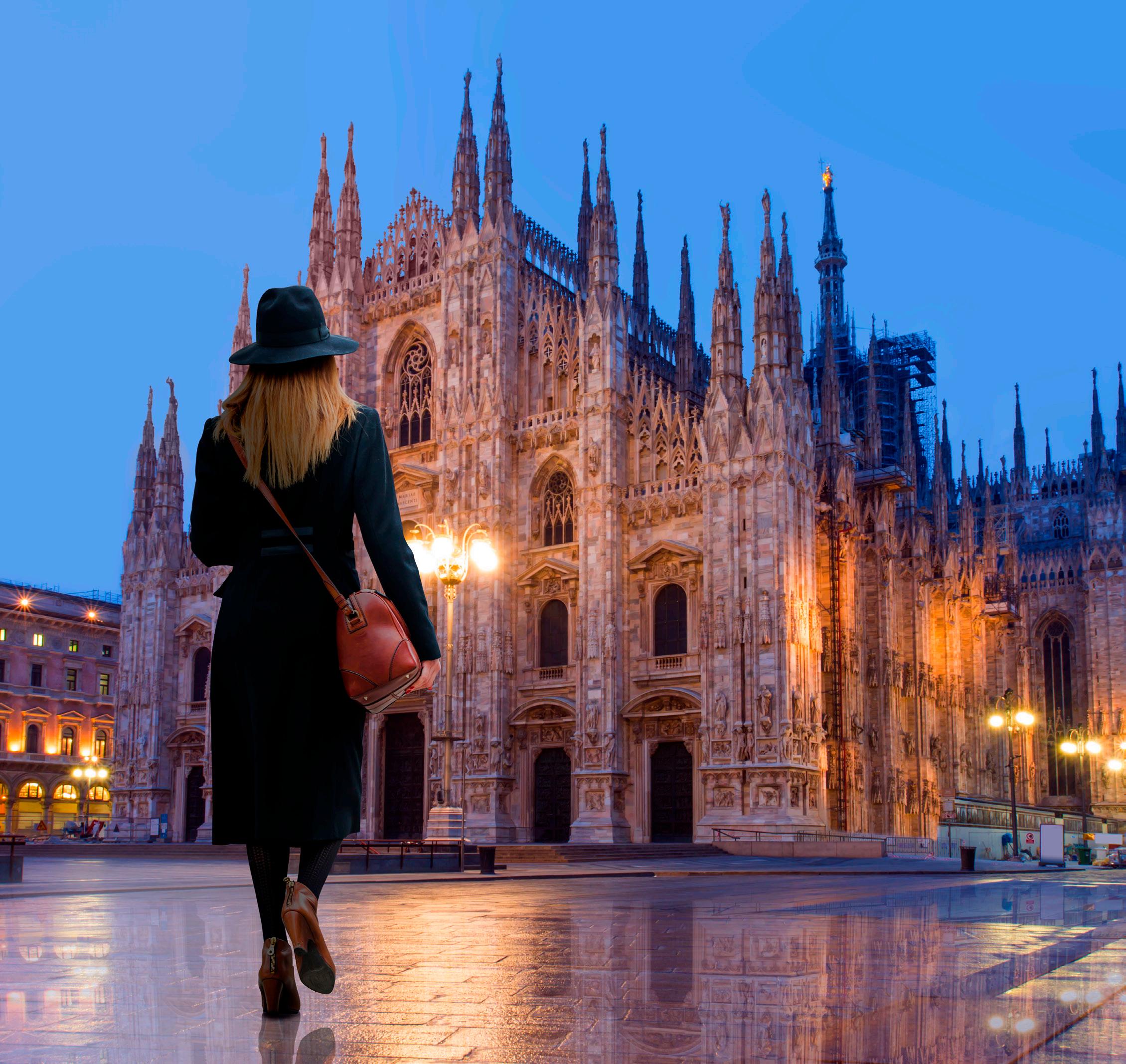
5 minute read
DESTINATION SPOTLIGHT
from RiverViews
by mgrimardi
AN INSIDER'S MILAN GUIDE TO
A city often overlooked, Milan is Italy’s fashion capital and home to two cultural must-sees, the world’s largest Gothic cathedral and Leonardo da Vinci’s The Last Supper. Guests on Uniworld’s 10-day "Gems of Northern Italy" and 15-day "Splendors of Italy" itineraries will spend two nights in this cosmopolitan metropolis. In celebration of these newly expanded and enhanced cruise/tours, we’ve put together a brief list of travel facts and tips that will come in handy in Milan. Prego!
Advertisement
WHAT TO WEAR
Italians are famous for their sophistication and style, and their art, design and fashion, and that’s particularly true of Milan. Gucci, Prada, Armani, Versace and Dolce & Gabbana all have their headquarters here, and during the twice-a-year Milan Fashion Week, fashion industry experts and A-list celebrities flock to the city to see the latest trends.
The easiest way to dress like an Italian is to shop like one, and that’s certainly easy to do in Milan. The city has one main shopping area—the Quadrilatero d’Oro (Golden Rectangle)—and you’ll also want to visit Galleria Vittorio Emanuele II, a huge glass-roofed arcade lined with pricey shops, bars and restaurants. Look carefully at the floor mosaics, which feature symbols of various Italian cities.
Not sure what to pack? Just keep in mind Italians tend to be less casual than Americans, opting for well-tailored clothing and high quality shoes. Even at leisure, you won’t find Italians in shorts or sneakers; think trousers and a crisp shirt for men, a skirt or dress for women, a light sweater draped over the shoulders and tied just so. Effortless Italian style.
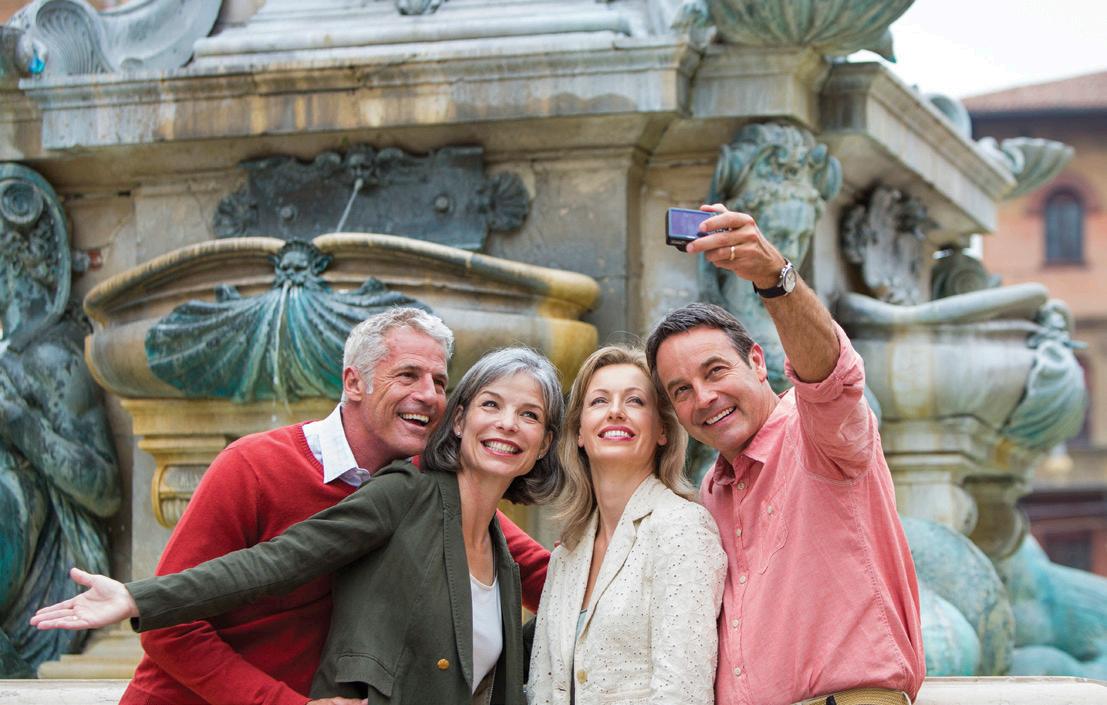
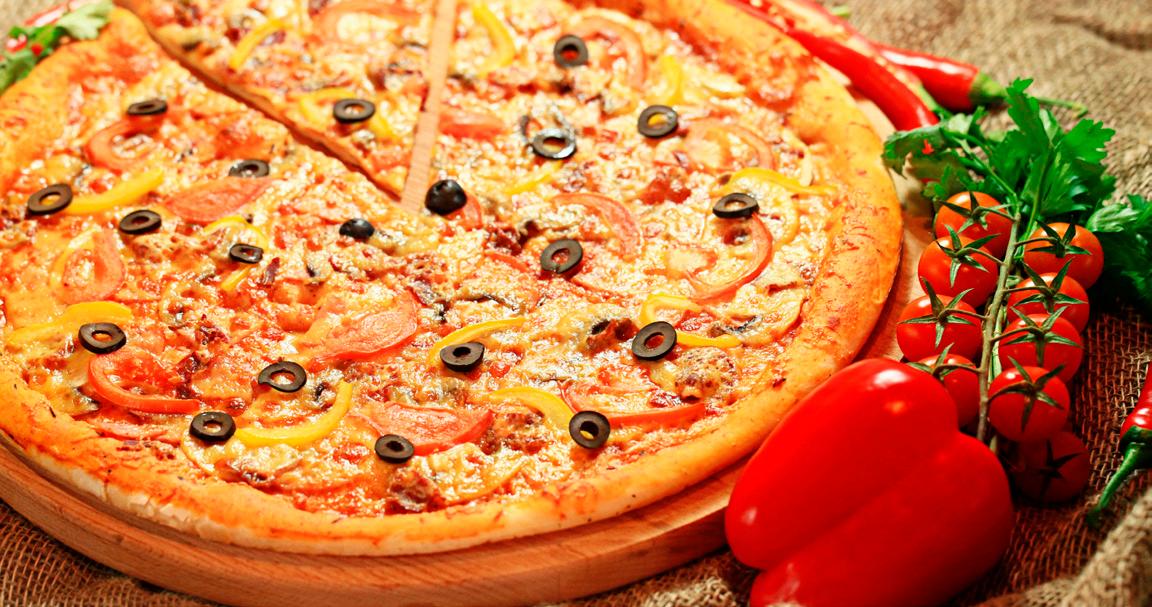
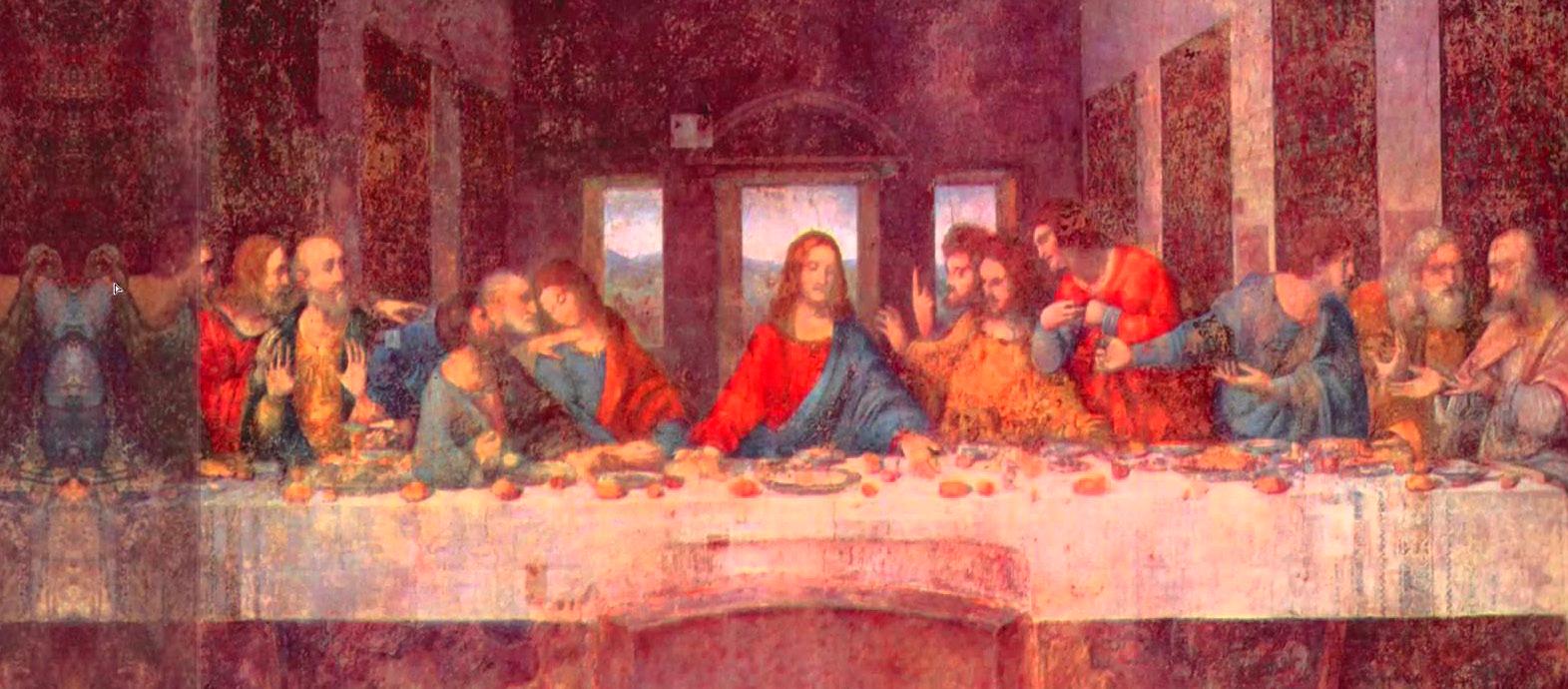
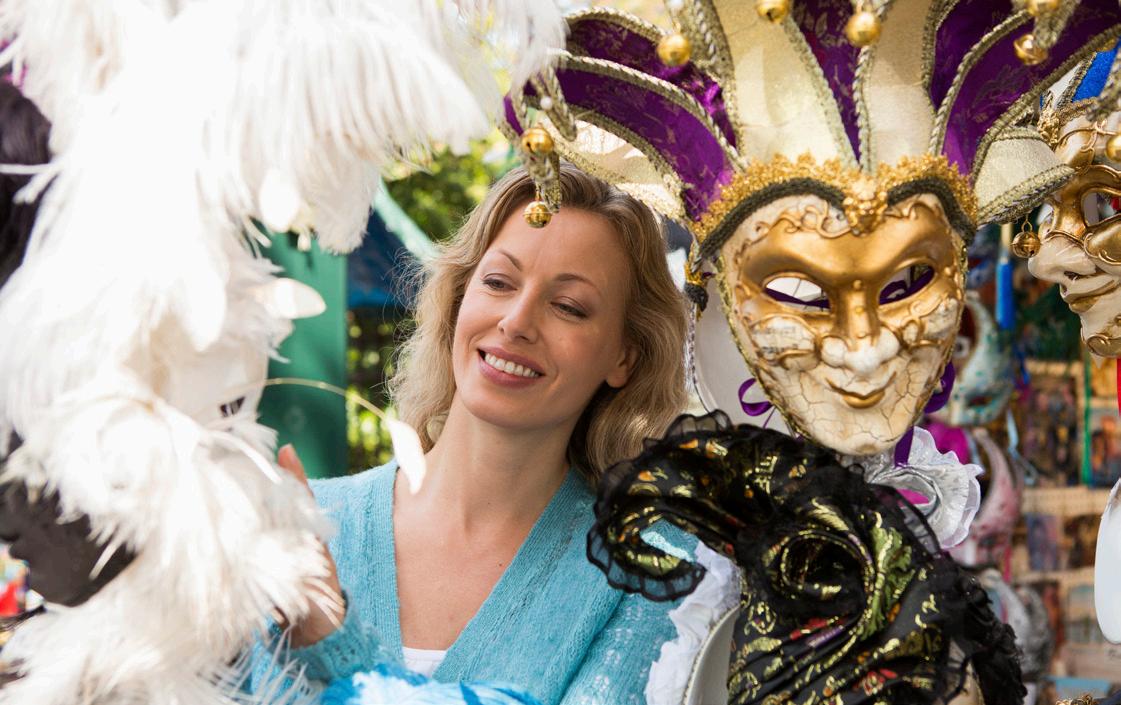
WHAT TO EAT
Unlike other cities in Italy, Milanese cuisine is based on rice, not pasta, and some of the city’s best-known dishes include risotto alla Milanese (saffron rice) and ossobuco (veal shank). Steer clear of the tourist traps with multi-lingual menus and seek out authentic places where the locals eat.
A Few Pointers: Italians generally don’t eat much in the morning. To do as the locals do, stop at a coffee bar and stand at the counter to order and enjoy a caffè and pastry. Bonus: Standing at the bar usually costs less than sitting at a table.
The Milanese don’t linger over their coffee; they have places to go and people to see. Is it any coincidence they also have the highest per capita income in Italy? Clearly, time is money—better make that an espresso!
Never order a cappuccino after a meal unless you want to look like a tourist. Most Italians avoid coffee drinks made with milk after 11 a.m. or so.
Pizza in Italy is thin enough to be eaten by a single person, never shared, and picking up a slice with your hands is considered rather rude; Italians prefer to use a knife and fork.
An aperitivo is the Italian version of our Happy Hour (which the Milanese claim to have invented). From about 7 to 9 p.m., many bars, lounges and street cafès offer apertivi, a buffet of free appetizers and sandwiches with the purchase of a drink. WHAT TO SEE
The world’s largest Gothic cathedral, Milan’s Duomo took 600 years to build (and it’s still not complete), and has a pink-hued white marble facade adorned with 135 spires and 3,400 statues. Crowning it all is a gilded statue of the Madonnina (Little Madonna), the city’s beloved protector. The interior is equally grand, with the largest stained-glass windows in Christendom and saintly relics in a rock-crystal casket.
On Uniworld’s guided tour of the Duomo, guests can look for a curious red light bulb above the altar marking the spot where a nail from Christ’s crucifixion is believed to reside. Head up to the terrazza for spectacular views of Milan as well as the snow-capped peaks of the Alps.
Milan’s most famous work of art is Leonardo da Vinci’s The Last Supper, tucked away inside the refectory of the Basilica di Santa Maria delle Grazie. Da Vinci ingeniously placed his Judas amongst his fellow disciples, not separated from the group, forcing the viewer to scrutinize each face to find the traitor.
Legend has it that Da Vinci searched for years amongst the criminals of Milan for the inspiration for Judas’s face. The mural began to deteriorate almost immediately upon completion, and now is so fragile that your time with the painting will be brief; but as many Uniworld guests can attest, seeing The Last Supper is a “bucket list moment” for any patron of the arts.
HOW TO INTERPRET ITALIAN GESTURES
In Milan and elsewhere in Italy, body language says more than words. Gestures are to Italian conversation what mozzarella is to pizza—indispensable. Some of our favorites:
Ti prego (I beg you): Used to plead for something that might be hard to get, or to ask favors of friends. Simply clasp your hands chest high and assume an imploring expression.
Il conto, per favore! (The bill, please!): Catch your waiter’s eye and pretend to write something on an invisible piece of paper.
Eccellente! (Excellent!): Bring your fingers together, raise them to your mouth and kiss them. Commonly used after a good meal or when you see something particularly appealing.
Che cavolo…? (What the heck…?): One of the most common Italian gestures, used to indicate “What the heck is going on?” or “What do you want?!” Bring all five of your fingertips to a point, face your palm towards you, and shake your hand up and down.
According to an old Italian proverb, “Rome is a voluptuous woman whose gifts are very apparent, while Milan is the shy, demure girl whose treasures are plentiful, but discovered in time.”
Milan is built on a circular plan with no parallel streets, which makes it notoriously tricky to navigate







